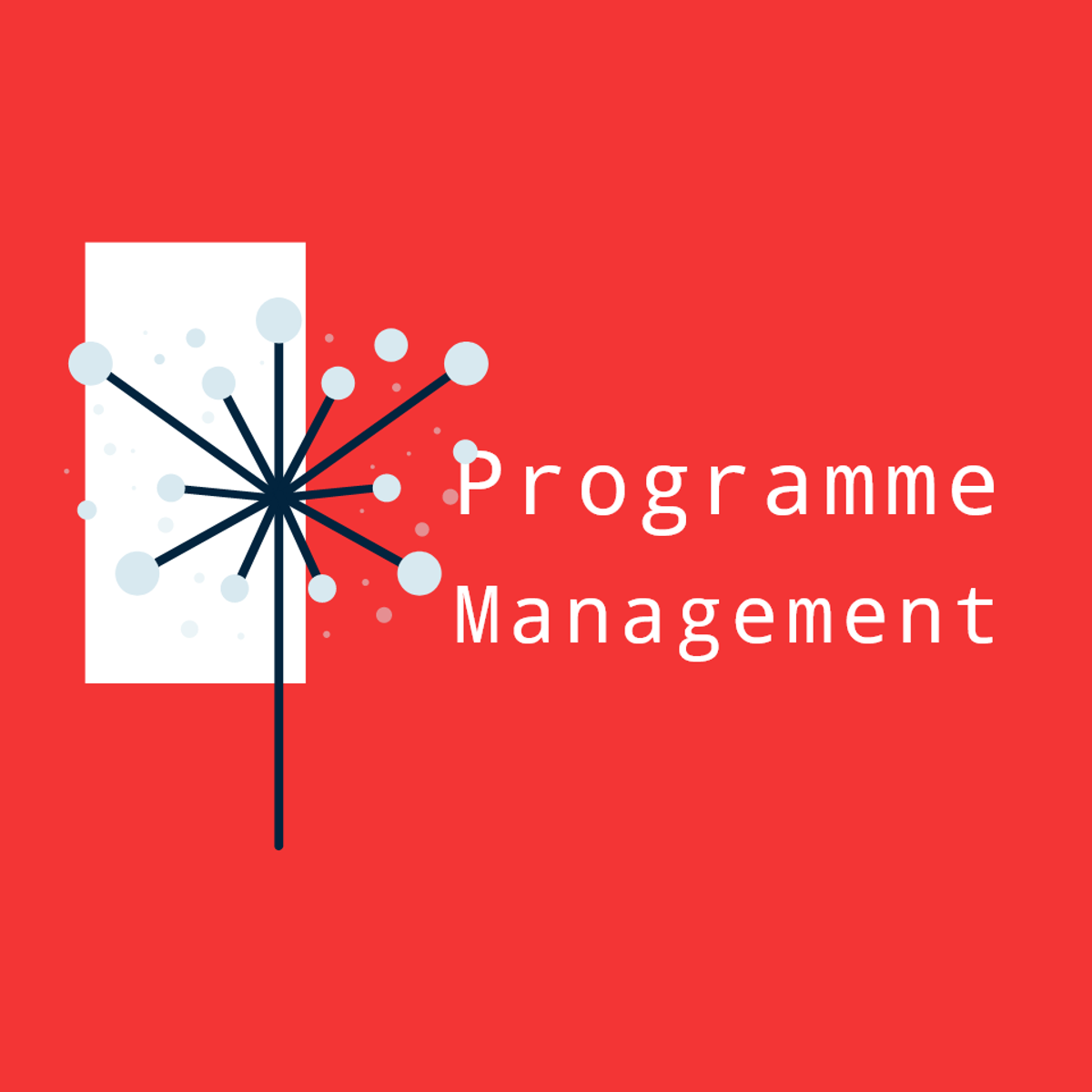Back to Courses









Business Strategy Courses - Page 15
Showing results 141-150 of 543

Cost and Economics in Pricing Strategy
How much should you charge for your products and services? Traditionally, businesses have answered this question based on the cost to produce or provide their goods and services. This course shows you the economic factors behind pricing based on cost and the pros and cons of a cost-based pricing approach. Developed at the Darden School of Business at the University of Virginia, and led by top-ranked Darden faculty and Boston Consulting Group global pricing experts, the course provides the practical and research-based models and methods you need to set prices that maximize your profits.
By the end of this course, you’ll be able to:
--Apply knowledge of basic economics to make better pricing decisions
--Recognize opportunities for price discrimination—selling the same product at different prices to different buyers—and recommend strategies to maximize sales and profits
--Calculate three types of price elasticities to determine the impact of price on demand
--Analyze and apply different pricing models
-Cost-plus pricing
-Marginal cost-plus pricing
-Peak-load pricing
-Index-based pricing
--Evaluate the impact of channel intermediaries and customer lifetime value on pricing

Collaborating with G Suite Apps
In this guided project, learners will learn how to collaborate using different, free G-Suite Apps, including Gmail, Google Forms, Google Calendar, a shared Google Drive, and how to work on shared documents (Docs, Sheets, Slides, etc.). This project also includes a basic overview of all of the above mentioned apps, as well as instructions on how to use these apps to facilitate collaborative projects.
Note: This course works best for learners who are based in the North America region. We’re currently working on providing the same experience in other regions.

More on Change and Sustainability
This is Class 2 of the MOOC Specialization, Become a Sustainable Business Change Agent.
In this class you will learn more change agent skills and hear from people who have made changes in their organizations.
You will also learn more about green design and sustainability reporting.
The skills from this class will help improve products and services in your company or help the company issue its first, or an improved sustainability report.

Innovation for Impact (i4i) The Carlson-Polizzotto Method of Value Creation
Welcome!
Partnering with Tech industry giants Curtis Carlson and Len Polizzotto, Northeastern University brings you “Value Creation: The Carlson-Polizzotto Method” a short-form course experience like no other.
Building careers by solving for the value proposition - Curt and Len are responsible for driving the integration of the software technology behind Apple’s voice command intelligent assistant and creating the standard for high definition television - now known to billions today as Siri and HDTV.
So why do more than 50 percent of businesses fail? It’s because they are not identifying what their customers value.
Watch Curt and Len coach 4 groups of professionals, each from distinctly different industries, tech, startup, education, and marketing, and learn alongside them as they use the Value Creation methodology to increase the power of their organization’s value proposition.
Evaluate the benefits of implementing a Value Creation practice that can impact your own strategic business initiatives so you can successfully create your business’ value proposition.

Retail Digital Supply Chain
In this course, you will focus on understanding the main challenges and opportunities that the Retailer’s supply chains are seeing today. You will start by revisiting the supply chain fundamentals, concentrating on the impact that the digital transformation is having on these fundamentals. You'll then learn how meaningful retail analytics can generate value for retailers and their supply chains. By the end of this course, you will be able to identify what traditional retailers are doing to successfully navigate the digital transformation.

Automate tasks and processes with Jira
In this 2 and a half hours long guided project you will learn the basics of Jira automation. You will create automation rules using triggers, conditions and actions to auto assign tasks, apply sub tasks templates to reflect your business processed into your project management. You will add branches applying conditions based on relationships between issues so to automatically update their status depending on completion of their sub-tasks. Finally you will use smart values to interact with Jira information and optimize communication by sending automatic emails depending on events of your project management.

How to Analyze Tweet Engagement with Twitter Analytics
Twitter is a dynamic social media platform that prides itself on furthering conversations in real-time. Known as a platform that features short-form text it is intended to be brief, direct, impactful, and a living source of information. Businesses are increasingly taking part in this conversation and are finding new and different ways to further their brand experience on this increasingly popular platform.
In this project, learners will learn how to use Twitter Analytics to analyze tweet engagement using Twitter Analytics. We will briefly cover Twitter basics, and we will discuss deeper topics in engagement measurement and analysis techniques.
This is the perfect project for someone who wants to improve engagement and increase businesses' brand presence on Twitter. This may be marketing and sales professionals, customer service and or administrative teams, and many other functions within a business.

Effective Sales – An Overview
Welcome to Strategic Sales Management specialization.
This specialization course focus on providing conceptual and practical guidance on sales planning and management.
The development of the specialization goes through the different phases of the sales planning process, keeping attention on the connection to the strategy of the company.
Concepts discussed in this specialization aim to support the analyses on how to plan sales in alignment with the strategic guidelines of the company. The sales functions are discussed with models and frameworks that support the planning process, which includes assumptions regarding the strategic guidelines, such as aggregate revenue targets, company’s earnings, and expected cash flow from the company’s operations. These variables are all related to the strategy of the company.
The target audience of this specialization include professionals with some experience in sales, they might have been promoted to a managing position recently, or they have plans to improve their expertise in the sales area to apply to more challenging positions in the future.
Prerequisite for this specialization is general knowledge of business concepts, models, and tools. Professionals who have concluded undergraduate courses of business administration, and also of different areas of knowledge, such as engineering, economics, accounting, and social sciences.
It’s also important to emphasize that sales involve a broad range of areas, there are products and services related to agriculture, petrochemical, automobile, aeronautics, chemical, pharmaceutical, medical, insurance, education, retail, and consulting industries, just to mention some examples. That means sales professionals are from all sectors.
Therefore, learners of different academic backgrounds may benefit from doing this specialization, which is structured to support sales planning and management from a methodological standpoint. And this approach applies to a diverse range of sectors.
The primary learning outcome of this specialization is the improvement of the sales planning and management competencies and skills, by providing a set of concepts, models, tools, and techniques to support the development of the sales plan structure, which will support the sale plan development.

Program Management Benefits Planning in ClickUp
By the end of this guided project, you will be fluent in creating Program Benefits artefacts for the Planning Phases for diverse programs. You will utilise a logical diagramming plan in an agile environment to develop the solution. This will enable you to identify and classify the required components for benefits identification and planning. Furthermore, it will help develop a structural model for learning about the field of Program Management.
If you are interested in building up the knowledge leading to this guided project, the following is the link to:
[ Developing Programme Management Blueprint with ClickUp]
https://www.coursera.org/projects/program-blueprint
This Guided Project is essential for individuals wanting to learn about the field, or looking to transition into working in Program Management. This guided project is designed to engage and harness your visionary and exploratory abilities. You will use proven models in an agile environment with ClickUp to engage in a hands-on learning experience.

Consulting Tools and Tips
This is the #4 course in the specialization on management consulting.
Management consultants are quick learners. When you first join a generalist consulting firm, you are expected to learn core consulting skills and will likely be staffed on projects across industry and functions. You might be on a chemicals pricing project, then a retail cost-reduction project. It’s critical that you learn “how to get smart quickly” and ask smart questions. At the same time, you should develop an armory of tools to create data through client interviews, surveys, benchmarking, and observations.
Popular Internships and Jobs by Categories
Browse
© 2024 BoostGrad | All rights reserved


